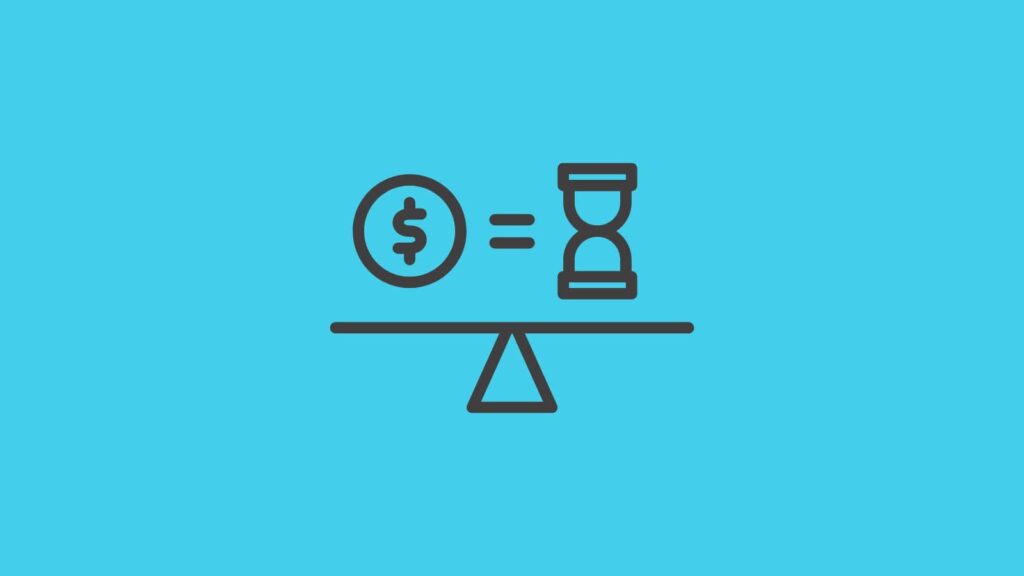BEPS 2. What are Pillar One and Pillar Two
The team at the Organisation for Economic Co-operation and Development (OECD) is making exciting strides with their Inclusive Framework on Base Erosion Profit Shifting (BEPS). They’re working hard on a two-pillar approach that aims to tackle tax avoidance, bring harmony to international tax rules, and create a more open and transparent tax environment. What’s more, their updated BEPS 2.0 initiative is now also focusing on the unique tax challenges presented by the digital economy. In this article, we’re going to check out what BEPS Pillar Two is and how it affects companies.
Chapters
What is BEPS Pillar Two

BEPS Pillar Two, part of the Base Erosion and Profit Shifting (BEPS) initiative led by the Organisation for Economic Co-operation and Development (OECD), is a significant step towards global tax reform. Here’s a simplified overview:
- Global Minimum Tax: Pillar Two introduces a global minimum corporate tax rate. The idea is to prevent multinational corporations from shifting profits to low-tax jurisdictions to reduce their tax burden. By setting a minimum tax rate, it ensures these companies pay a fair share of taxes regardless of where they operate or locate their profits.
- Two Main Rules: Pillar Two consists of two main rules:
- The Income Inclusion Rule (IIR): This rule allows the home country of a multinational enterprise (MNE) to “top up” the tax to the minimum rate if the profits of the MNE’s foreign subsidiaries are taxed below that rate.
- The Undertaxed Payment Rule (UTPR): If the IIR does not apply, the UTPR allows other countries in which the MNE operates to apply the top-up tax.
- Preventing Tax Competition: By setting a global minimum tax rate, Pillar Two aims to reduce the incentive for countries to lower their tax rates competitively to attract multinational corporations.
- Ensuring Fair Taxation: The overall goal of Pillar Two is to ensure that large MNEs pay a minimum level of tax on their income, irrespective of where they earn it. This is seen as a step towards fairer taxation and reducing inequality in tax burdens among different countries.
- Implementation and Challenges: Implementing Pillar Two requires international cooperation and may pose challenges, including reconciling different tax systems and addressing any legal or administrative hurdles.
Pillar Two, along with Pillar One (which focuses on reallocating some taxing rights over MNEs to the markets where they have business activities and earn profits, regardless of their physical presence), represents a significant shift in international tax rules and aims to address challenges arising from the digitalization and globalization of the economy.
Who does Pillar Two Apply to

Pillar 2 is introducing a fresh approach to minimum tax for companies with a group turnover exceeding EUR 750 million. If your group operates in countries that are on board with Pillar 2 (like the EU and many others), you’ll want to pay attention to these changes.
You’ll need to check if any of your group entities are facing a corporate income tax rate lower than 15% based on the Pillar 2 guidelines. If you find that some of your entities are taxed less than that, a ‘top-up’ tax will come into play for those entities in countries that have embraced Pillar 2. This extra tax operates independently from the usual corporate income tax system. Think of it as a new layer added to ensure everyone pays a fair share.
The Future of BEPS Pillar Two

The future of BEPS Pillar Two is exciting. It is important to stay up to date with the latest by checking official sources. Non-official sources (even this article) can be outdated. Check OECD’s website and stay up to date.
Other related articles
Improve your Marketing with the Power of AI
See how you can start with AI Marketing and reach your goals faster than ever before. Check out the Tips, Strategies, AI Tools, Masterclass, Courses, and Community. Unleash the true potential of your brand with the help of AI.